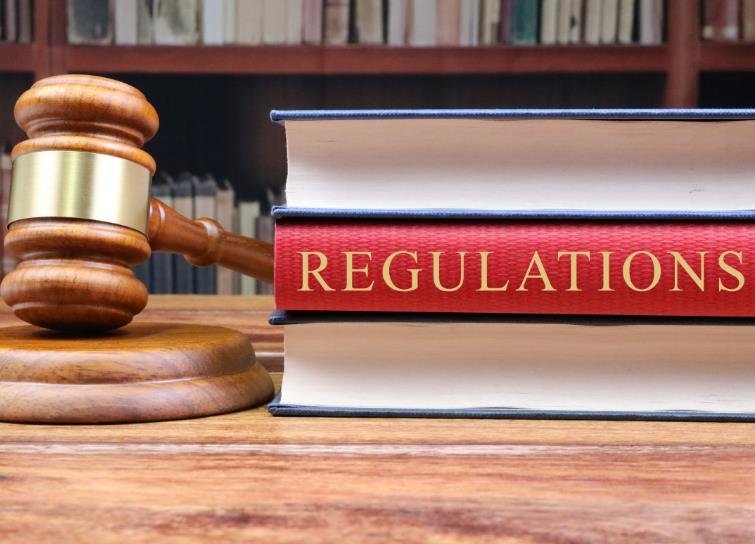Cannabis isn’t just the dried flower anymore. It’s candies, suppositories, and high-THC concentrates hitting the shelves. But are these products as safe as they seem?
Today’s cannabis comes in forms that would surprise those who remember the days of simple brownies and plastic baggies. THC levels can now reach up to 90%, a stark contrast to the 2-4% found in older strains. This surge in potency raises serious safety questions.
- Candy and Edibles: Easy to consume but hard to dose accurately.
- Vaporizable Dab and Wax: Highly concentrated forms that can lead to overconsumption.
- Suppositories: New delivery methods with limited research on effects.
THC Concentration Comparison
| Product Type | Typical THC Content |
|---|---|
| Traditional Flower | 2-4% |
| Modern Concentrates | Up to 90% |
| Edibles | 5-20% per serving |
| Vaporizable Products | 30-80% |
This table highlights the drastic increase in THC concentrations, underscoring the need for stricter safety measures.
Regulatory Lag Behind Market Growth
While cannabis products flood the market, regulations haven’t kept pace. Unlike alcohol or pharmaceuticals, cannabis lacks comprehensive federal oversight, leading to a patchwork of state laws that confuse both consumers and producers.
“We’re in a bit of a Wild West scenario,” says Dr. Emily Hart, a public health expert. “Consumers have no guarantee about what’s in their products or if they’re safe.”

Health Risks of Unregulated Cannabis
The absence of stringent regulations means that many products on the market might not be as safe as they’re touted to be. Potential risks include:
- Inconsistent Dosing: Consumers might not know how much THC they’re ingesting.
- Contaminants: Without proper oversight, products can contain pesticides or harmful chemicals.
- Mislabeling: The actual potency might differ from what’s advertised, leading to accidental overconsumption.
The Role of the FDA and State Legislatures
The FDA is supposed to ensure that products are safe and effective, but cannabis has often slipped through the cracks due to its complicated legal status. States have taken their own measures, but consistency is lacking.
- State-Level Testing: Varies widely in terms of requirements and thoroughness.
- Federal Restrictions: Make it difficult for researchers to study cannabis comprehensively.
Moving Towards Safer Cannabis Consumption
Experts agree that to make legal cannabis truly safe, several steps need to be taken:
- Standardized Testing: Implementing uniform testing standards across all states.
- Clear Labeling: Ensuring consumers know exactly what they’re getting, including THC levels and potential contaminants.
- Research Investment: Funding more studies to understand the long-term effects of high-THC products.
Public Awareness and Education
It’s not just about regulation; consumers need to be educated about the potential risks associated with high-potency cannabis. Awareness campaigns can play a crucial role in informing the public about safe consumption practices.
- Educational Programs: Partnering with schools and community centers.
- Clear Guidelines: Providing easy-to-understand information on product labels.
- Healthcare Provider Training: Ensuring doctors can advise patients on safe cannabis use.
The Path Forward
Ensuring the safety of legal cannabis requires a multifaceted approach. Policymakers, industry leaders, and public health experts must work together to create a framework that protects consumers without stifling the industry’s growth.
“We need to strike a balance,” says Dr. Hart. “Cannabis has legitimate benefits, but without proper safeguards, we’re putting people at risk.”
Jane Smith is a seasoned article writer specializing in cannabis-related content. With a keen focus on the latest trends, research, and developments in the cannabis industry, she brings a fresh perspective to her writing. Jane’s insightful articles delve into the medicinal benefits, legalization efforts, and evolving culture surrounding cannabis. Her engaging storytelling and informative approach make her a trusted source for readers seeking accurate and up-to-date information on all things cannabis.








